Home>diy>Planning & Engineering>What Is The Difference Between A Landscape Designer And A Landscape Architect
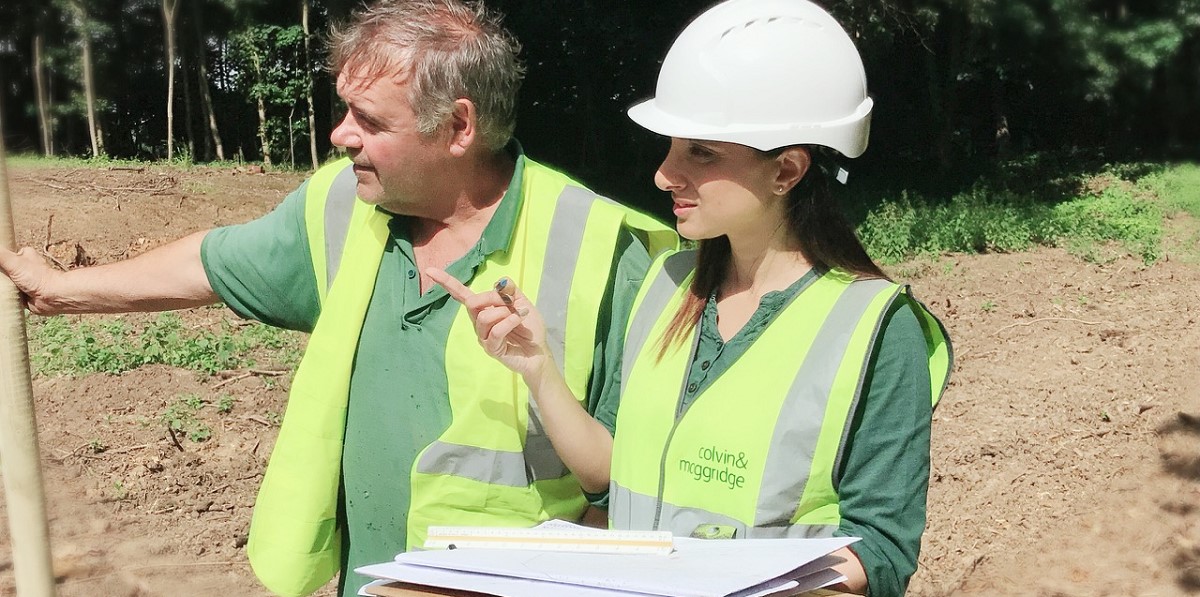

Planning & Engineering
What Is The Difference Between A Landscape Designer And A Landscape Architect
Modified: October 29, 2024
Learn the distinctions between a landscape designer and a landscape architect. Explore their roles in planning-engineering and enhancing outdoor spaces.
(Many of the links in this article redirect to a specific reviewed product. Your purchase of these products through affiliate links helps to generate commission for Storables.com, at no extra cost. Learn more)
Introduction
Welcome to the world of landscape design and landscape architecture! These two professions play a crucial role in shaping the outdoor spaces we enjoy every day. While the terms “landscape designer” and “landscape architect” are often used interchangeably, there are distinct differences between the two. In this article, we will explore the contrasting characteristics of landscape design and landscape architecture, shedding light on their educational requirements, scope of work, design processes, and more.
Landscape design focuses on creating aesthetically pleasing and functional outdoor environments. Designers work on projects like residential gardens, parks, commercial spaces, and outdoor renovations. Their primary goal is to develop attractive and practical layouts that meet the specific needs and preferences of their clients. Through the creative use of plants, hardscapes, water features, and lighting, landscape designers transform outdoor spaces into inviting and harmonious settings.
On the other hand, landscape architecture goes beyond pure aesthetics and delves into the planning and management of outdoor spaces on a larger scale. Landscape architects participate in the design of public parks, urban plazas, college campuses, and even entire neighborhoods. They consider factors such as environmental sustainability, land use regulations, and community needs to create spaces that are not only visually appealing but also functional, safe, and sustainable.
Continued advancements in technology have further blurred the lines between these two fields. Many landscape designers utilize computer-aided design (CAD) software to create detailed plans and 3D models of their projects. Likewise, landscape architects rely on these tools to visualize and communicate their design concepts to clients and stakeholders.
Now that we have a general understanding of landscape design and landscape architecture, let’s delve deeper into their distinctions, beginning with their educational requirements and licensing processes.
Key Takeaways:
- Landscape design focuses on creating aesthetically pleasing and functional outdoor spaces, while landscape architecture encompasses larger-scale planning and management, integrating art, science, and engineering for sustainable environments.
- Both landscape design and landscape architecture require specialized education, practical experience, and, in some cases, professional licensing, emphasizing the importance of collaboration with various professionals to create cohesive and integrated outdoor spaces.
Overview of Landscape Design
Landscape design is the art and science of creating visually appealing and functional outdoor spaces. It focuses on harmoniously blending natural elements, such as plants, trees, and water features, with man-made elements like paths, patios, and outdoor structures. Landscape designers use their creative expertise and knowledge of horticulture to transform outdoor areas into inviting and livable environments.
One of the key aspects of landscape design is understanding the needs and preferences of the client. Designers engage in thorough discussions with their clients to gather information about their desired style, functionality requirements, budget constraints, and any specific elements they want to incorporate into the design. This ensures that the final design reflects the client’s vision and meets their expectations.
After identifying the client’s goals and requirements, the landscape designer conducts a site analysis. This involves assessing the topography, soil conditions, drainage patterns, and existing vegetation of the property. The designer also takes into consideration factors such as sun exposure, wind direction, and views to maximize the potential of the site and create a design that responds harmoniously to its surroundings.
Using the gathered information, the landscape designer creates a conceptual plan that outlines the overall layout of the outdoor space. This includes the placement of various elements like seating areas, pathways, plant beds, and focal points. The designer considers factors such as proportion, scale, color palette, and texture to create a visually pleasing design that is balanced and cohesive.
Once the client approves the conceptual plan, the landscape designer moves on to the detailed design phase. This involves creating more specific and refined drawings, often using computer-aided design (CAD) software. These drawings include detailed layout plans, planting plans, irrigation plans, and lighting plans. The designer pays close attention to the selection and arrangement of plants, aiming for a combination that provides year-round interest, durability, and suitability to the site’s conditions.
During the construction phase, the landscape designer plays a crucial role in overseeing the installation of the design elements. This includes coordination with contractors and ensuring that the design is implemented according to the finalized plans. Designers often visit the site regularly to ensure that the construction aligns with the intended design and to address any issues that may arise.
Overall, landscape design is a collaborative process that requires both artistic flair and technical expertise. By using design principles, a deep understanding of plants and materials, and effective communication skills, landscape designers create outdoor spaces that enhance the quality of life for their clients and bring beauty to the surrounding environment.
Overview of Landscape Architecture
Landscape architecture is a profession that encompasses the design, planning, and management of outdoor spaces on a larger scale. It integrates elements of art, science, and engineering to create functional and visually appealing environments that are in harmony with nature and meet the needs of the community.
Unlike landscape design, which focuses mainly on residential and small-scale projects, landscape architecture involves the planning and design of public spaces, such as parks, urban plazas, waterfronts, and streetscapes. Landscape architects work closely with city planners, architects, engineers, and other professionals to create outdoor spaces that improve the quality of life, promote sustainability, and enhance the overall aesthetics of the built environment.
The role of a landscape architect goes beyond aesthetics. They consider various factors like land use, environmental impact, accessibility, and social equity to ensure that the design serves the needs of all stakeholders. This includes designing spaces that are accessible to people with disabilities, incorporating sustainable design principles to minimize environmental impact, and creating spaces that foster community interaction and connectivity.
Landscape architects begin a project by conducting a thorough site analysis, similar to landscape designers. They assess the natural features, landforms, and existing vegetation of the site, as well as analyze its cultural and historical context. This information helps them understand the opportunities and constraints of the site and guides the design process.
Once the site analysis is complete, landscape architects develop a master plan that outlines the overall vision for the site. This may include land use and zoning strategies, circulation patterns, green infrastructure systems, and guidelines for the use of materials and plantings. They focus on creating spaces that are functional, sustainable, and aesthetically pleasing, integrating principles of urban design, ecological design, and environmental stewardship.
In addition to the design process, landscape architects also play a crucial role in project management and construction oversight. They collaborate with contractors, supervise the implementation of the design, and ensure that the project is constructed according to the specifications and design intent. This involves regular site visits, coordination with various stakeholders, and solving any issues that may arise during construction.
Landscape architects also work on projects that require revitalization or rehabilitation of existing spaces. They analyze the site’s existing conditions, identify areas that need improvement, and propose design solutions that enhance functionality, aesthetics, and ecological sustainability.
In summary, landscape architecture is a multidisciplinary profession that combines art, science, and engineering to create outdoor spaces that are both visually appealing and functionally efficient. Landscape architects strive to improve the quality of life and create sustainable environments through thoughtful design, comprehensive planning, and effective project management.
Educational Requirements and Licensing
Both landscape design and landscape architecture require specialized education and, in some cases, professional licensing. Let’s take a closer look at the educational requirements and licensing processes for each profession.
Landscape Design:
The educational paths to becoming a landscape designer can vary. While formal education is not always mandatory, many professionals in this field pursue a bachelor’s degree in landscape design or a related field. These programs provide a comprehensive foundation in design principles, horticulture, site analysis, and construction techniques. Some universities and colleges offer specialized programs specifically focused on landscape design.
After completing their education, aspiring landscape designers can choose to gain practical experience through internships, apprenticeships, or by working under the guidance of experienced professionals. This hands-on experience helps them refine their design skills, understand project management processes, and familiarize themselves with industry best practices.
While there is no universal licensing requirement for landscape designers, some states or regions may have specific regulations or certifications. These certifications typically involve passing an exam or meeting certain experience and education criteria.
Landscape Architecture:
Becoming a licensed landscape architect typically involves a more rigorous educational and licensing process. To become a landscape architect, individuals must obtain a professional bachelor’s or master’s degree in landscape architecture from an accredited program. These programs cover a wide range of subjects, including design theory, site planning, ecology, construction techniques, and professional practice.
After completing their degree, aspiring landscape architects are required to gain a certain amount of professional experience, usually through an internship or an entry-level position in a landscape architecture firm. This experience prepares them for the licensing process and provides them with valuable practical skills in project management and design implementation.
Once the experience requirement is met, aspiring landscape architects must pass the Landscape Architect Registration Examination (LARE). This exam assesses their knowledge and competency in various areas of landscape architecture, including site design, planning processes, environmental considerations, and construction documents.
Upon passing the LARE, individuals can apply for licensure through their respective state or provincial licensing boards. Obtaining a professional license allows landscape architects to legally practice independently, take on more complex projects, and sign off on construction documents.
It is important to note that both landscape designers and landscape architects can further enhance their professional credentials through memberships in professional organizations, such as the American Society of Landscape Architects (ASLA) or the Association of Professional Landscape Designers (APLD). These organizations provide networking opportunities, continuing education resources, and professional development tools.
Overall, both landscape design and landscape architecture require a combination of education, practical experience, and, in some cases, professional licensing. Aspiring professionals in these fields should research and understand the specific requirements set by their jurisdiction to ensure they meet the necessary qualifications to practice legally and competently.
Scope of Work
The scope of work for landscape designers and landscape architects may overlap in certain areas, but there are distinct differences in the projects they typically undertake. Here’s an overview of the scope of work for each profession:
Landscape Design:
Landscape designers primarily focus on creating outdoor environments for residential and small-scale projects. Their scope of work includes designing private gardens, outdoor living spaces, patios, and courtyards. They work closely with homeowners to understand their needs and preferences, and then develop design concepts that incorporate elements like plant selection, hardscapes, lighting, and water features.
In addition to the design process, landscape designers also provide guidance on plant care, maintenance, and seasonal changes. They may assist with selecting appropriate plants for the specific site conditions and create planting plans that take into account factors like sun exposure, soil type, and water requirements. Landscape designers often collaborate with contractors and oversee the installation process to ensure that their design is implemented correctly.
Landscape Architecture:
The scope of work for landscape architects is broader and includes a wider range of projects. They often work on public spaces, such as parks, plazas, community spaces, and streetscapes. Landscape architects collaborate with city planners, architects, and engineers to develop comprehensive design solutions that address environmental, social, and aesthetic aspects.
One important aspect of a landscape architect’s scope of work is site analysis and planning. They analyze the site’s topography, vegetation, drainage patterns, and cultural context to develop design concepts that harmonize with the surroundings. Landscape architects also consider factors like accessibility, sustainability, and community engagement when designing public spaces.
Landscape architects integrate principles of urban design, ecology, and environmental sustainability into their projects. They often incorporate green infrastructure systems for stormwater management, design pedestrian-friendly pathways, and create spaces that promote biodiversity and ecological resilience.
In addition to designing public spaces, landscape architects also work on larger-scale projects like campuses, commercial developments, and housing communities. They may be involved in land planning, site development, and the implementation of sustainable design strategies. Landscape architects collaborate with various professionals, such as civil engineers and architects, throughout the design and construction process.
It’s worth noting that as the demand for sustainable and environmentally conscious design increases, both landscape designers and landscape architects are expanding their scope of work to include practices like rainwater harvesting, native plant restoration, and low-impact development techniques.
While landscape designers typically focus on smaller-scale residential projects, landscape architects take on a more diverse range of projects that involve larger public spaces, site planning, and community engagement. However, the exact scope of work can vary depending on the specific project and the expertise of the professional involved.
Design Process
The design process in both landscape design and landscape architecture involves a series of steps that guide the creation of outdoor spaces. While the specific approach may vary depending on the project and the individual professional, here is a general outline of the design process:
1. Initial Consultation: The design process typically begins with an initial consultation between the designer/architect and the client. This meeting is an opportunity for the designer to understand the client’s goals, preferences, and functional requirements for the outdoor space. They may discuss styles, budget constraints, and any specific elements the client wants to incorporate.
2. Site Analysis: The designer/architect conducts a thorough site analysis to gather information about the property’s topography, existing vegetation, soil conditions, drainage patterns, and sun exposure. They also consider the site’s surroundings, including neighboring buildings, views, and any unique characteristics that may impact the design. This analysis provides insights into the opportunities and constraints of the site.
3. Conceptual Design: Based on the information gathered during the initial consultation and site analysis, the designer/architect develops a conceptual design. This stage involves creating sketches or digital renderings that illustrate the overall layout of the outdoor space. The conceptual design focuses on establishing the arrangement of key design elements such as pathways, seating areas, focal points, and planting beds.
4. Design Refinement: After presenting the conceptual design to the client, the designer/architect incorporates feedback and further refines the design. This may involve making adjustments to the layout, exploring different material options, refining plant selections, and addressing any specific client requests. The goal is to create a design that aligns with the client’s vision while ensuring functionality and aesthetic appeal.
5. Detailed Design: Once the conceptual design is approved, the designer/architect moves on to creating detailed drawings and specifications. These drawings include measurements, material selections, plant lists, and construction details. In landscape architecture, this phase may also involve creating grading and drainage plans, irrigation plans, and lighting plans. These detailed designs serve as the basis for cost estimation and construction implementation.
6. Construction Documentation: The designer/architect creates a set of construction documentation that provides all the necessary information for contractors to accurately implement the design. This documentation includes detailed drawings, specifications, and any additional notes or instructions that are required.
7. Construction Oversight: During the construction phase, the designer/architect plays a supervisory role, ensuring that the design is implemented according to the plans and specifications. They coordinate with contractors, address any issues or changes that may arise, and make site visits to monitor progress and quality of work. This oversight ensures that the final outcome aligns with the intended design.
8. Post-Construction Evaluation: After the construction is complete, the designer/architect may conduct a post-construction evaluation to assess the success of the design and address any post-construction issues. This evaluation helps to ensure that the outdoor space meets the client’s expectations and functions as intended.
Throughout the design process, effective communication between the designer/architect and the client is crucial. Regular meetings, clear documentation, and ongoing collaboration help to create a seamless and successful design experience.
It’s important to note that the design process may vary depending on the complexity and scale of the project. Additionally, the use of technology, such as computer-aided design (CAD) software or 3D modeling, has become common practice in both landscape design and landscape architecture, enabling designers/architects to create more accurate and realistic representations of their designs.
Plant Selection and Horticulture
Plant selection and horticulture are integral aspects of both landscape design and landscape architecture. Choosing the right plants and understanding their cultivation and care is essential for creating thriving and visually appealing outdoor spaces. Here’s an overview of plant selection and horticultural considerations:
1. Site Analysis: Before selecting plants, it’s essential to assess the site’s growing conditions. Factors such as sunlight exposure, soil type, drainage, and microclimates influence plant health and growth. Understanding the site’s characteristics helps determine which plants will thrive in the given conditions.
2. Design Objectives: The chosen plants should align with the design objectives and aesthetics of the outdoor space. Whether the goal is to create a formal garden, a naturalistic landscape, or a sustainable garden, plant selection plays a vital role in achieving the desired visual impact.
3. Plant Characteristics: Consideration should be given to the characteristics of plants, such as their size, form, texture, and color. These elements help create a balanced and harmonious design by selecting plants that complement each other and the surrounding environment.
4. Native and Adapted Plants: Using native plants or adapted species can offer numerous benefits. Native plants are well-suited to the local climate and require minimal care once established. They also support local ecosystems by providing habitat and food sources for native wildlife. Adapted plants are non-native species that have shown resilience and adaptability in the local environment.
5. Seasonal Interest: A well-designed landscape takes into account the changing seasons and ensures year-round interest. Selecting a variety of plants that offer different blooming periods, foliage colors, and textures can provide continuous visual appeal throughout the year.
6. Maintenance Considerations: It’s important to consider the level of maintenance required for different plant species. Some plants may require regular pruning, fertilization, or pest/disease management. Choosing low-maintenance plants can help minimize the time and effort required to maintain the garden while still achieving a beautiful landscape.
7. Ecological Considerations: Sustainable landscape practices involve considering the ecological impact of plant selection. For example, incorporating pollinator-friendly plants can support bee populations and contribute to biodiversity. Additionally, selecting plants that are drought-tolerant or have low water requirements can help conserve water in regions with limited water resources.
8. Understanding Plant Care: Knowledge of horticulture, including plant care and maintenance, is crucial for ensuring the long-term health and vitality of the chosen plants. Understanding proper planting techniques, watering needs, fertilization requirements, and pruning guidelines helps maintain the desired aesthetic and health of the landscape.
9. Climate Considerations: The climate of the region has a profound impact on plant selection. Plants should be chosen that can withstand the temperature extremes, precipitation patterns, and seasonal variations of the local climate. This ensures that the chosen plants will thrive and remain resilient in their specific environment.
Collaboration with a professional horticulturist or plant specialist can further enhance the expertise and knowledge of landscape designers and landscape architects in plant selection and care. By combining their design skills with a solid understanding of horticulture, professionals can create sustainable and visually stunning outdoor spaces that flourish with life.
A landscape designer focuses on the aesthetics and functionality of outdoor spaces, while a landscape architect has the training and expertise to also address environmental and structural considerations.
Site Analysis and Grading
Site analysis and grading are crucial steps in the landscape design and landscape architecture process. These steps help professionals gain a deeper understanding of the site’s physical characteristics and provide the foundation for creating functional and aesthetically pleasing outdoor spaces. Here’s an overview of site analysis and grading:
1. Site Analysis:
Site analysis involves conducting a thorough assessment of the site’s existing conditions and characteristics. It provides valuable information that informs the design process and helps designers and architects make informed decisions. Site analysis typically includes the following elements:
- Topography: Understanding the topography of the site, including slopes, elevation changes, and contours, is crucial for proper design and drainage planning.
- Soil Conditions: Analyzing the soil composition, compaction, drainage capacity, and fertility is essential for selecting appropriate plants and ensuring their healthy growth.
- Sun and Shade: Assessing the sun and shade patterns throughout the day and throughout the seasons helps determine the optimal placement of outdoor spaces, seating areas, and plantings.
- Drainage Patterns: Observing the site’s natural drainage patterns provides insights into potential water management issues and helps guide the design of appropriate drainage systems.
- Existing Vegetation: Evaluating the existing vegetation, including trees, shrubs, and groundcovers, helps determine which plants can be retained in the design and which may need to be removed or relocated.
- Utilities and Infrastructure: Identifying the locations of utility lines, drainage systems, and other infrastructure elements is crucial to avoid conflicts during the design and construction phases.
2. Grading:
Grading refers to the manipulation of the site’s topography to create a more desirable and functional landscape. It involves shaping the land to achieve proper drainage, level surfaces, and to accommodate various design elements. Here are some considerations during the grading process:
- Drainage: Proper grading ensures that water drains away from structures and outdoor areas, preventing water accumulation and potential damage.
- Surface Stability: Grading helps create a stable and level surface for walkways, patios, and other outdoor features.
- Accessibility: Grading can be used to create ramps, slopes, or terraces to improve access for individuals with mobility challenges.
- Aesthetic Considerations: Grading can be utilized to define different levels or create visual interest in the landscape, such as terraced gardens or raised beds.
- Erosion Control: Strategic grading techniques, such as constructing swales or berms, can help prevent erosion and stabilize the soil.
Accurate and precise grading is often achieved through the use of surveying equipment, such as laser levels and total stations. It is important to understand local regulations and restrictions related to grading activities, as permits may be required for significant site modifications.
By performing a thorough site analysis and employing appropriate grading techniques, landscape designers and landscape architects can optimize the functionality, aesthetics, and sustainability of the outdoor spaces they create. This thoughtful approach ensures that the design integrates seamlessly with the natural characteristics of the site and provides a solid foundation for the entire design process.
Environmental Considerations
Designing outdoor spaces that are environmentally sustainable and ecologically responsible is a crucial aspect of both landscape design and landscape architecture. By considering environmental factors during the design process, professionals can create landscapes that harmonize with nature, conserve resources, and promote biodiversity. Here are some key environmental considerations to keep in mind:
1. Sustainable Design:
Integrating sustainable design practices is essential for minimizing environmental impact and maximizing resource efficiency. This may include incorporating green infrastructure elements, such as rain gardens or bioswales, to manage stormwater runoff and promote water infiltration. Using permeable paving materials to reduce water runoff and allowing for groundwater recharge is another sustainable design practice. Maximizing energy efficiency through the strategic placement of trees and structures to provide shade and reduce the need for artificial cooling is also important.
2. Water Conservation:
Water is a precious resource, and designing landscapes that minimize water consumption is crucial. This can be achieved through efficient irrigation systems, such as drip irrigation or smart irrigation controllers that adjust watering based on weather conditions. Selecting drought-tolerant plants and incorporating water-efficient design features, like rainwater harvesting systems or graywater reuse, also help conserve water.
3. Native Plants and Biodiversity:
Using native plants in landscape design helps preserve the local ecosystem and supports native wildlife. Native plants are well-adapted to the local climate, soil conditions, and require less water and maintenance compared to non-native species. They also provide habitat and food sources for local wildlife, contributing to biodiversity conservation.
4. Pest and Disease Management:
Implementing integrated pest management (IPM) strategies is essential for reducing the use of harmful pesticides and promoting a healthy ecosystem. This involves monitoring and identifying pests, using biological controls, improving plant health through proper maintenance, and employing cultural practices to prevent pest and disease infestations.
5. Soil Health:
Improving and maintaining soil health is crucial for the long-term success of the landscape. Soil erosion control measures, such as mulching and the use of erosion blankets, help prevent soil loss and promote healthy plant growth. Incorporating organic matter and using sustainable soil amendments, like compost, improves soil fertility, structure, and water-holding capacity.
6. Wildlife Habitat:
Designing landscapes that provide habitat for wildlife supports ecological balance and biodiversity. Creating wildlife-friendly features such as birdhouses, bat boxes, pollinator gardens, and native plant clusters encourages the presence of beneficial insects, birds, and other wildlife. This contributes to the overall health and resilience of the ecosystem.
7. Sustainable Materials and Construction:
Consideration should be given to the environmental impact of materials used in construction. Opting for locally sourced and renewable materials, minimizing waste during construction, and using recycled or salvaged materials whenever possible all help reduce the carbon footprint and promote sustainable practices.
It’s important to stay updated on emerging trends and best practices in sustainable design and to collaborate with other professionals, such as ecologists or environmental scientists, when necessary. By incorporating these environmental considerations into the design process, landscape designers and landscape architects can create outdoor spaces that not only provide beauty and functionality but also contribute to the overall well-being of the planet.
Project Management and Construction Oversight
Effective project management and construction oversight are essential for the successful implementation of landscape design and landscape architecture projects. These phases ensure that the design vision is transformed into a tangible reality while adhering to the highest standards of quality and professionalism. Here are key aspects of project management and construction oversight:
1. Project Planning and Scheduling:
Before construction begins, a detailed project plan and schedule are created. This plan outlines key milestones, timelines, and deliverables for the project. It establishes a clear roadmap for the construction phase, allowing for effective coordination and efficient resource allocation.
2. Contractor Selection and Collaboration:
Choosing the right contractors or subcontractors is crucial for the successful realization of the design. Landscape designers and landscape architects often collaborate with various professionals, including general contractors, specialized tradespeople, and artisans. Selecting experienced and reputable contractors who understand the project’s objectives and requirements helps ensure high-quality workmanship and adherence to construction standards.
3. Procurement and Resource Management:
Managing the procurement of materials, plants, and equipment is an important aspect of project management. Landscape professionals oversee the sourcing and purchasing of necessary items, ensuring their timely delivery to the construction site. Effective resource management involves optimizing the use of materials and equipment to minimize waste and maximize efficiency.
4. Quality Control and Compliance:
Maintaining quality control throughout the construction process is vital to achieve the desired standards outlined in the design. Landscape professionals perform regular inspections, ensuring that the construction work aligns with the approved plans and specifications. They address any deviations, resolve issues promptly, and enforce compliance with relevant regulations and codes.
5. Communication and Collaboration:
Clear and effective communication is crucial for successful construction oversight. Landscape professionals serve as a central point of contact, facilitating collaboration between project stakeholders, contractors, and subcontractors. They provide regular updates on the project’s progress, address any concerns or questions, and ensure that all parties are working cohesively toward the project’s objectives.
6. Problem-Solving and Troubleshooting:
During construction, unexpected challenges or issues may arise. Landscape professionals play a key role in problem-solving and troubleshooting, leveraging their experience and expertise to find innovative solutions. They work closely with contractors to tackle issues related to site conditions, material availability, or design adjustments, ensuring that the project progresses smoothly and stays on track.
7. Budget Monitoring and Cost Control:
Monitoring the project’s budget and controlling costs is an essential aspect of project management. Landscape professionals track project expenses, review cost estimates, and manage change orders if needed. They work closely with contractors to ensure that the project stays within budget while maintaining the desired level of quality and design integrity.
8. Construction Documentation and Closeout:
Throughout the construction process, landscape professionals document the progress and changes made, maintaining a comprehensive record of the project. This documentation includes any modifications to the design, as-built drawings, material warranties, and maintenance instructions. Upon project completion, landscape professionals ensure a smooth closeout, including final inspections, client walkthroughs, and coordination of final project deliverables.
By effectively managing the construction process and providing meticulous oversight, landscape designers and landscape architects ensure that the design intent is faithfully translated into the built environment. Their expertise in project management and construction ensures the successful realization of outdoor spaces that exceed client expectations and adhere to the highest industry standards.
Collaboration with Other Professionals
Collaboration with other professionals is a crucial aspect of both landscape design and landscape architecture. Working in tandem with various stakeholders and specialists allows landscape professionals to create cohesive and integrated outdoor spaces. Here are key points on collaboration with other professionals:
1. Architects:
Landscape designers and landscape architects often collaborate closely with architects on projects that involve both indoor and outdoor spaces. This collaboration ensures a seamless integration between the building design and the surrounding landscape. By working together, architects and landscape professionals can create a cohesive design that maximizes functionality, aesthetics, and sustainability.
2. Engineers:
Engineers play a vital role in the construction process, providing expertise in structural design, civil engineering, and infrastructure planning. Collaboration with engineers helps ensure that the landscape design is technically feasible and meets safety and engineering standards. This collaboration may involve addressing drainage issues, designing irrigation systems, or incorporating specialized features like retaining walls or bridges.
3. Surveyors:
Surveyors provide accurate measurements and topographical data that form the basis of the landscape design. Collaboration with surveyors helps ensure precision and accuracy in the placement of elements like structures, pathways, and planting beds. Surveyors also assist in identifying property boundaries and navigating potential site constraints, such as easements or underground utilities.
4. Ecologists and Environmental Scientists:
Collaboration with ecologists and environmental scientists is essential for addressing ecological considerations and incorporating sustainable practices. These professionals contribute their expertise in biodiversity, habitat conservation, and environmental impact assessments. Their insights inform decisions regarding plant selection, wildlife habitat creation, stormwater management, and the preservation of natural resources.
5. Horticulturists and Plant Specialists:
Horticulturists and plant specialists bring in-depth knowledge of plant species, their growth requirements, and cultivation techniques. Collaboration with these professionals helps ensure appropriate plant selection, taking into account factors like soil conditions, sun exposure, and climate. Their expertise can also guide decisions on pruning, fertilization, pest control, and plant maintenance, contributing to the long-term health and beauty of the landscape.
6. Urban Planners and City Officials:
Collaboration with urban planners and city officials is critical for projects that involve public spaces or require adherence to local regulations and policies. Landscape professionals work alongside these stakeholders to ensure that the design aligns with zoning requirements, land use regulations, and long-term city planning goals. This collaboration helps create outdoor spaces that are not only visually appealing but also contribute to the overall urban fabric and meet community needs.
7. Contractors and Tradespeople:
Collaboration with contractors and tradespeople is essential during the construction phase. Landscape professionals work closely with contractors, such as excavators, masons, electricians, and irrigation specialists, to execute the design accurately. Effective communication, clear documentation, and regular site visits help maintain the design integrity and ensure that the construction aligns with the approved plans.
8. Clients and Stakeholders:
Collaboration with clients and stakeholders is the foundation of any successful landscape project. Ongoing communication and active involvement of clients in the design process, along with regular feedback and approvals, are crucial. Collaborating with stakeholders, such as community members or project sponsors, provides valuable input and ensures that the design reflects their needs and aspirations.
Through collaboration with these professionals and stakeholders, landscape designers and landscape architects create integrated and sustainable outdoor spaces that consider the multiple perspectives and requirements of a project. This collaborative approach fosters creativity, technical expertise, and a holistic understanding of the site, resulting in landscapes that are functional, aesthetically pleasing, and responsive to the needs of both the client and the environment.
Cost and Budgeting
Cost and budgeting are important considerations in both landscape design and landscape architecture. Understanding and managing the financial aspects of a project are crucial to ensure its successful implementation. Here are key points regarding cost and budgeting:
1. Project Evaluation:
At the outset of a project, landscape professionals conduct a thorough evaluation to understand the client’s goals, objectives, and budget constraints. This evaluation helps in setting realistic expectations and determining the scope of work that can be accomplished within the available budget.
2. Cost Estimation:
Landscape professionals prepare detailed cost estimates for each aspect of the project, including materials, labor, and other associated expenses. These estimates consider factors such as site conditions, design complexity, material choices, and any unique features or requirements. Accurate cost estimation is crucial to ensure that the project remains within the client’s budget.
3. Value Engineering:
Value engineering is the process of finding cost-effective alternatives or modifications that maintain the quality and design intent of the project while reducing expenses. Through value engineering, landscape professionals explore different options for materials, construction methods, and design elements to provide cost savings without compromising the overall vision of the project.
4. Phased Approach:
For larger-scale projects or projects with budget constraints, a phased approach may be adopted to spread out the costs over time. This approach allows for the implementation of the design in stages, addressing the most critical elements first and deferring less critical components to later phases. This enables the project to proceed within the available budget while still achieving the desired end result.
5. Bidding and Contractor Selection:
Once the design and budget have been established, landscape professionals initiate the bidding process. They solicit bids from contractors and carefully evaluate the proposals to ensure they align with the project’s specifications and budget. Selecting contractors who provide competitive pricing while maintaining quality is crucial to staying within the budgetary constraints.
6. Contingency Planning:
Including a contingency allowance in the budget is essential to account for unforeseen expenses or changes that may arise during the construction process. Contingency funds provide a buffer that can be utilized to address unexpected challenges without disrupting the project or exceeding the allocated budget.
7. Tracking and Monitoring:
Throughout the project, landscape professionals closely track and monitor costs to ensure they align with the budget. They review invoices, keep a record of expenses, and regularly update the client on the financial status of the project. This allows for early identification of any budget deviations and allows for adjustments or modifications to be made, if necessary.
8. Communication with Clients:
Maintaining open and transparent communication with clients is essential when it comes to cost and budgeting. Landscape professionals provide regular updates on project expenses, potential cost implications of any design changes, and cost-saving options. This helps clients make informed decisions and ensures that the project remains financially viable.
By carefully assessing project costs, value engineering when necessary, and adopting proactive budget management strategies, landscape professionals can successfully deliver projects that align with client expectations and budgetary constraints. Effective cost and budgeting management contribute to the overall success of the project and the client’s satisfaction with the final result.
Conclusion
Landscape design and landscape architecture are two distinct yet interconnected professions that have a profound impact on our outdoor environments. While landscape designers focus on creating attractive and functional outdoor spaces, landscape architects take a more comprehensive approach, incorporating elements of urban planning and sustainability. Both professions require specialized knowledge, creativity, and collaboration with various professionals throughout the design and construction process.
Throughout this article, we have explored the differences between landscape design and landscape architecture, ranging from their educational requirements and licensing processes to their scope of work and design processes. We have also highlighted the importance of factors such as plant selection and horticulture, site analysis and grading, environmental considerations, project management and construction oversight, collaboration with other professionals, as well as cost and budgeting.
By carefully considering these aspects, landscape professionals can create outdoor spaces that are visually appealing, functional, and sustainable. They have the power to transform empty lots into urban oases, convert neglected gardens into inviting retreats, and shape public spaces that foster community engagement and connectivity.
It is important to recognize that landscape design and landscape architecture are not just about creating beautiful spaces; they are about improving the quality of life, enhancing our connection with nature, and nurturing a sense of place. They have the potential to positively impact our physical and mental well-being, promote ecological resilience, and contribute to a more sustainable and livable world.
Whether you are considering a small garden makeover or a large-scale public park design, seeking the guidance and expertise of a landscape designer or landscape architect can greatly enhance your project. Their knowledge, creativity, and attention to detail will ensure that your outdoor space is thoughtfully designed, well-constructed, and brings joy and inspiration for years to come.
As we appreciate the influence of landscape design and landscape architecture in shaping our surroundings, let us continue to prioritize and invest in creating outdoor spaces that not only express our individual style but also respect and enhance the natural environment.
Frequently Asked Questions about What Is The Difference Between A Landscape Designer And A Landscape Architect
Was this page helpful?
At Storables.com, we guarantee accurate and reliable information. Our content, validated by Expert Board Contributors, is crafted following stringent Editorial Policies. We're committed to providing you with well-researched, expert-backed insights for all your informational needs.
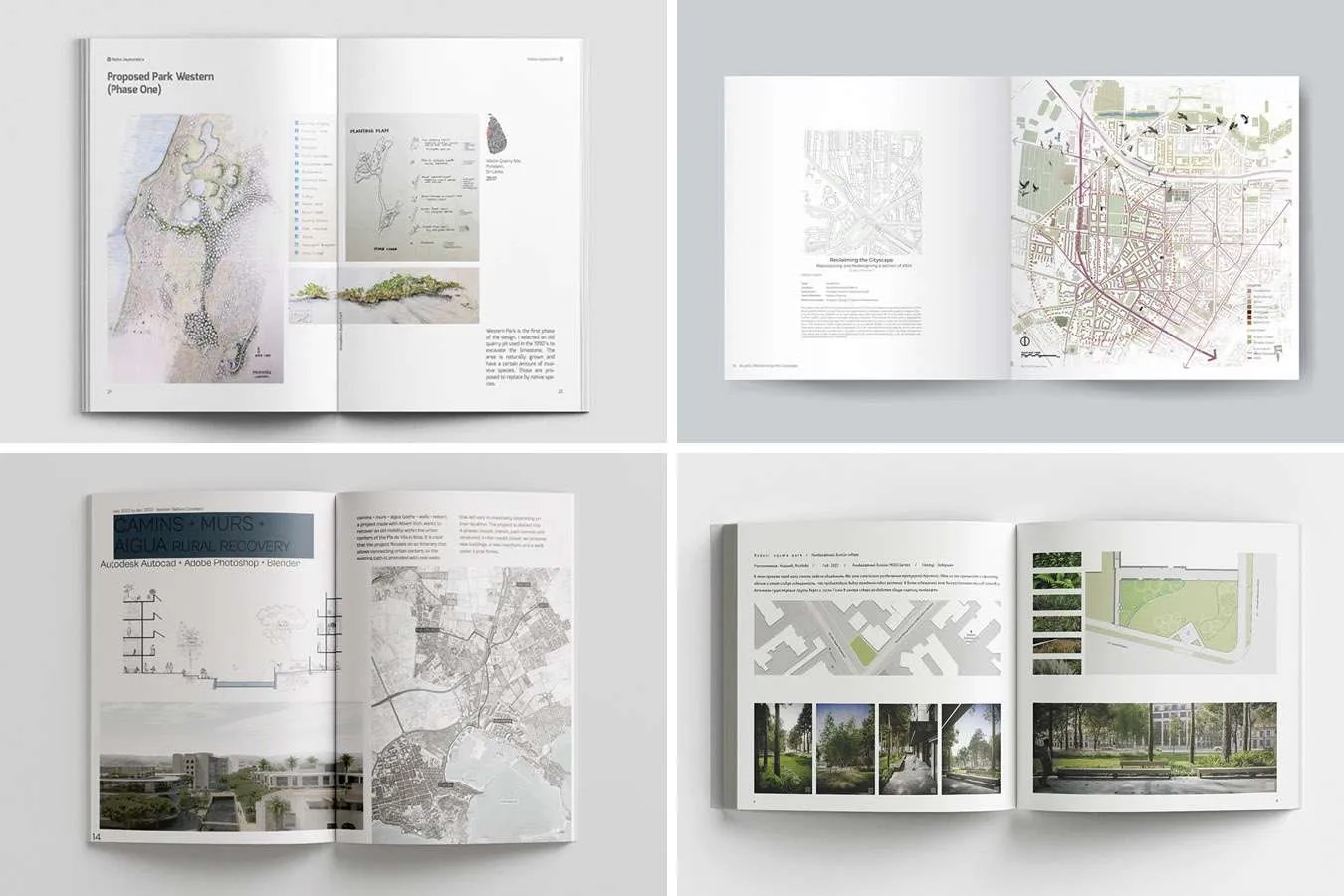


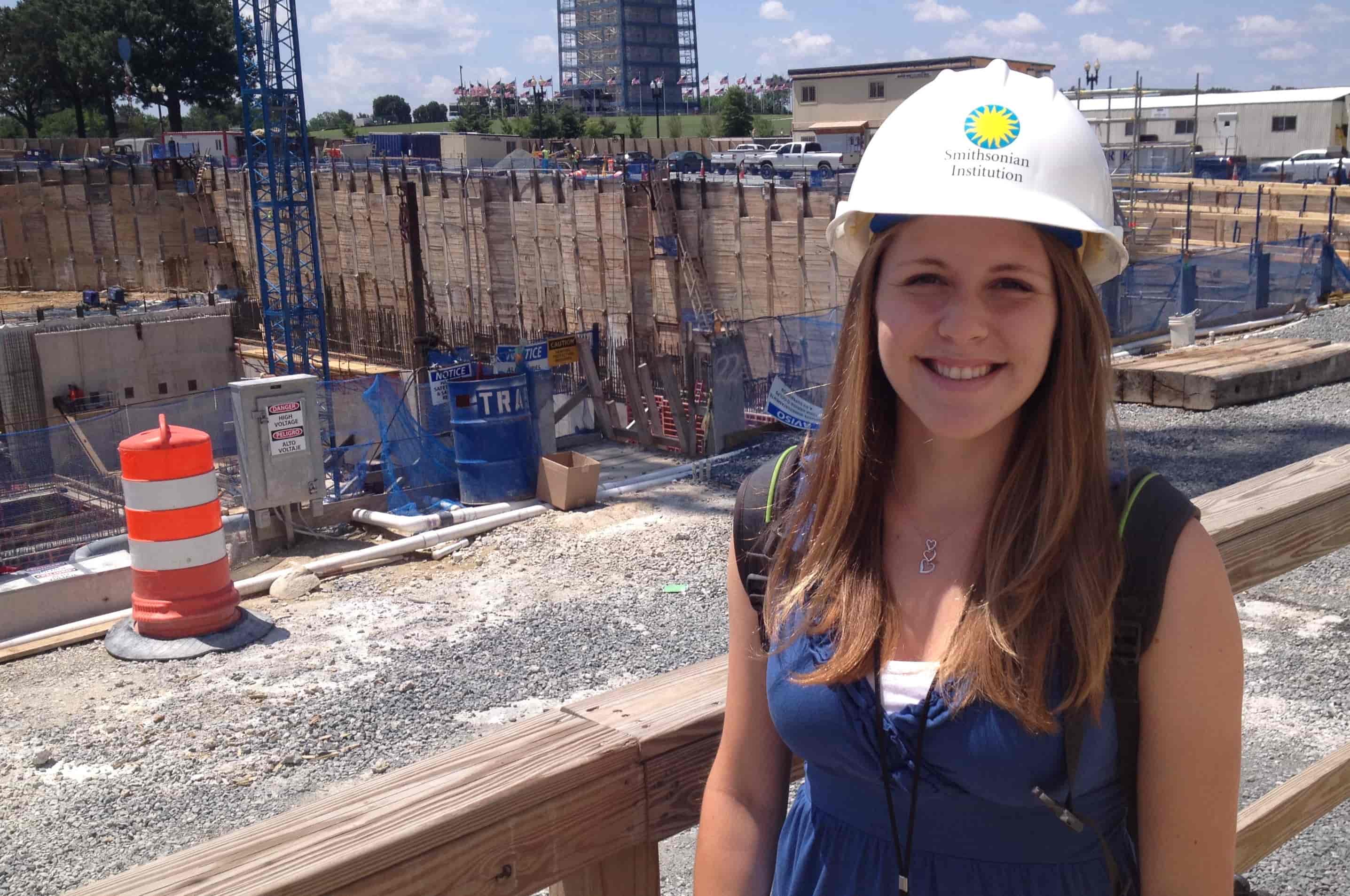
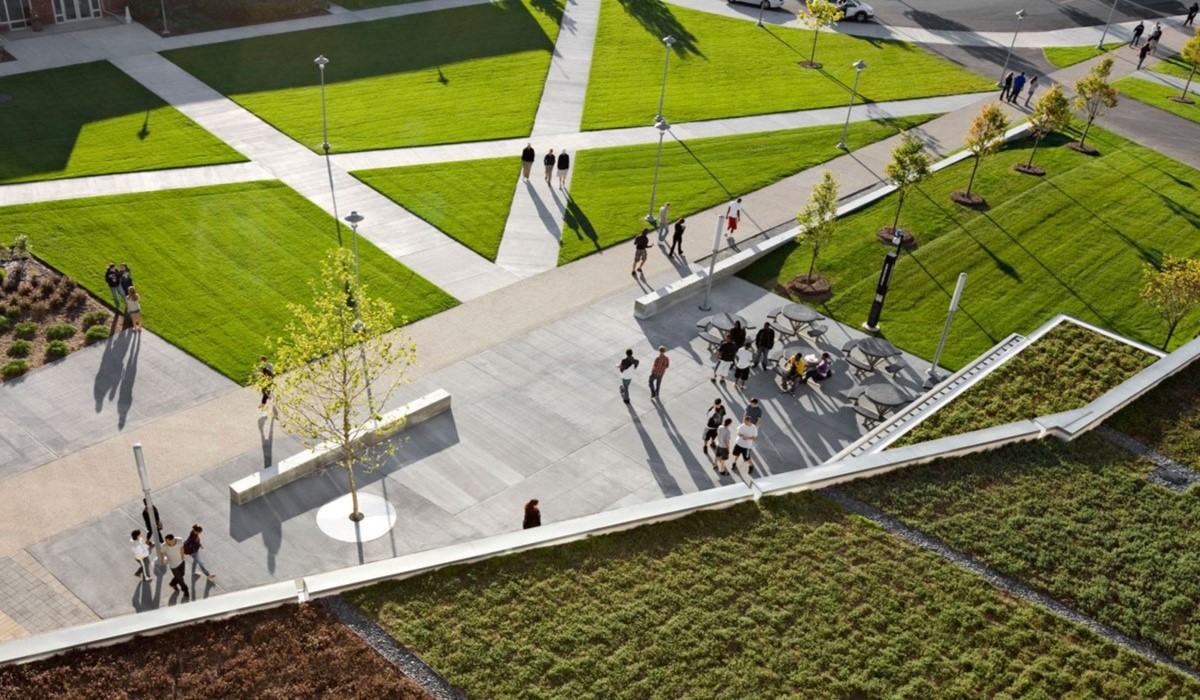
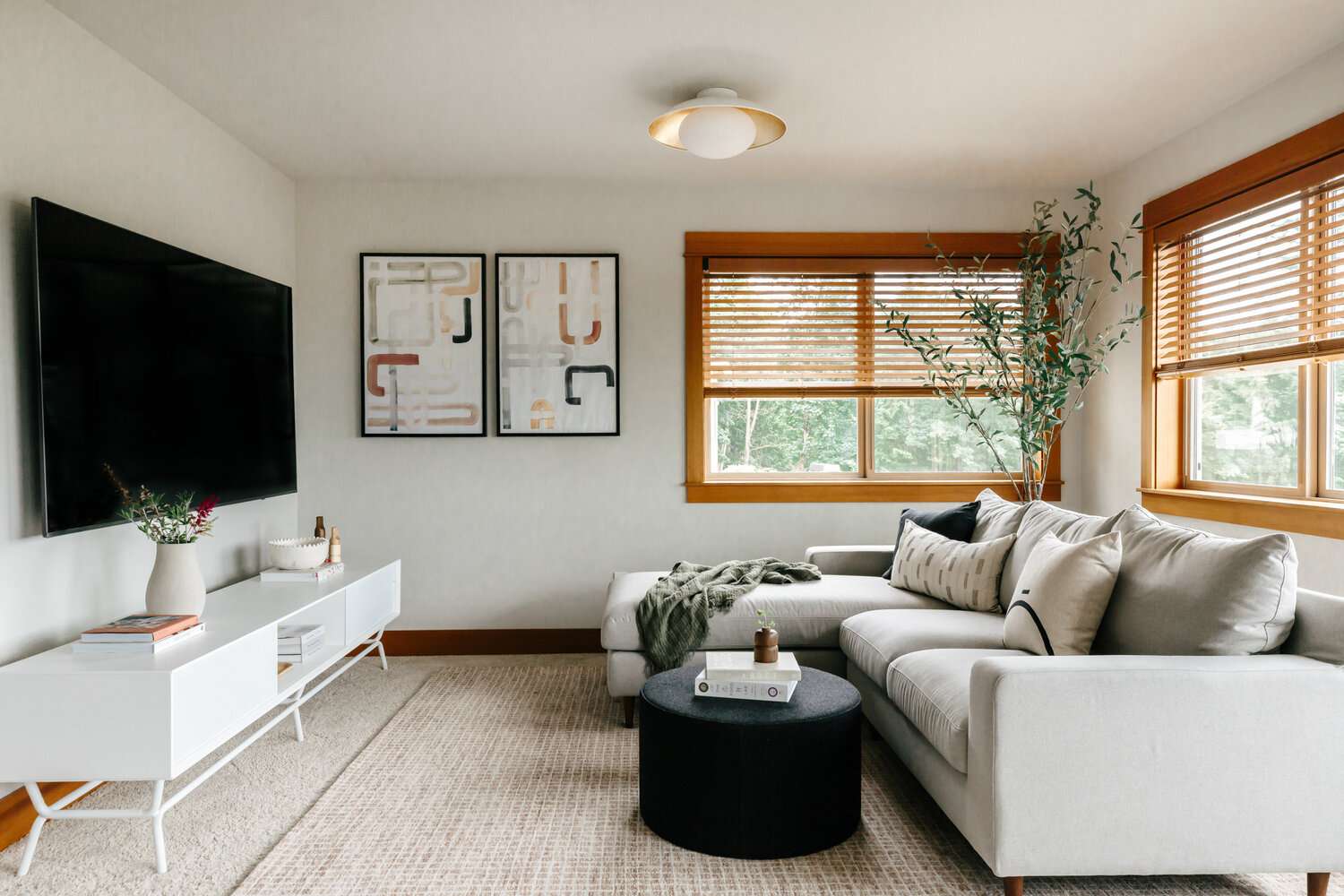
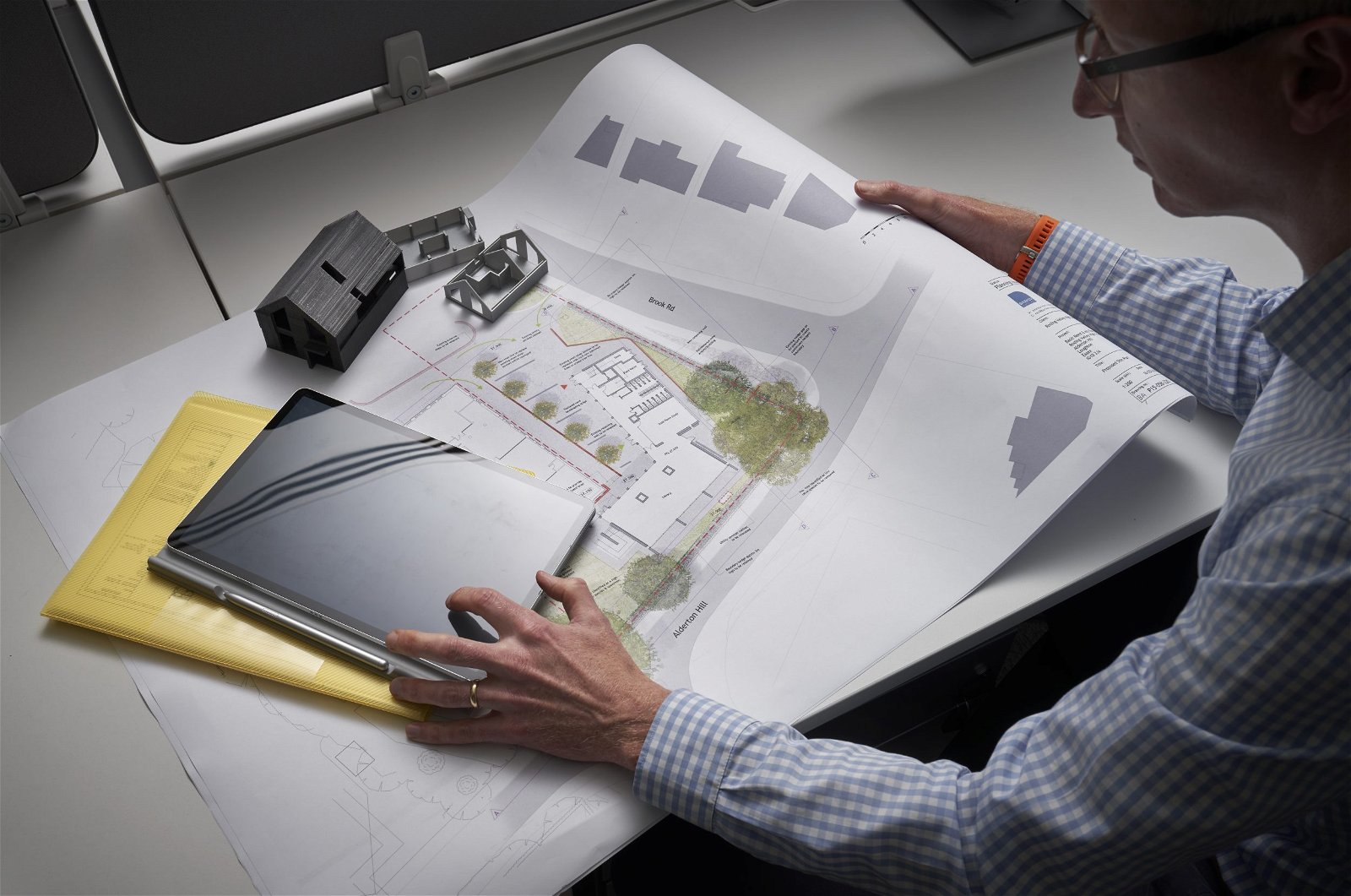
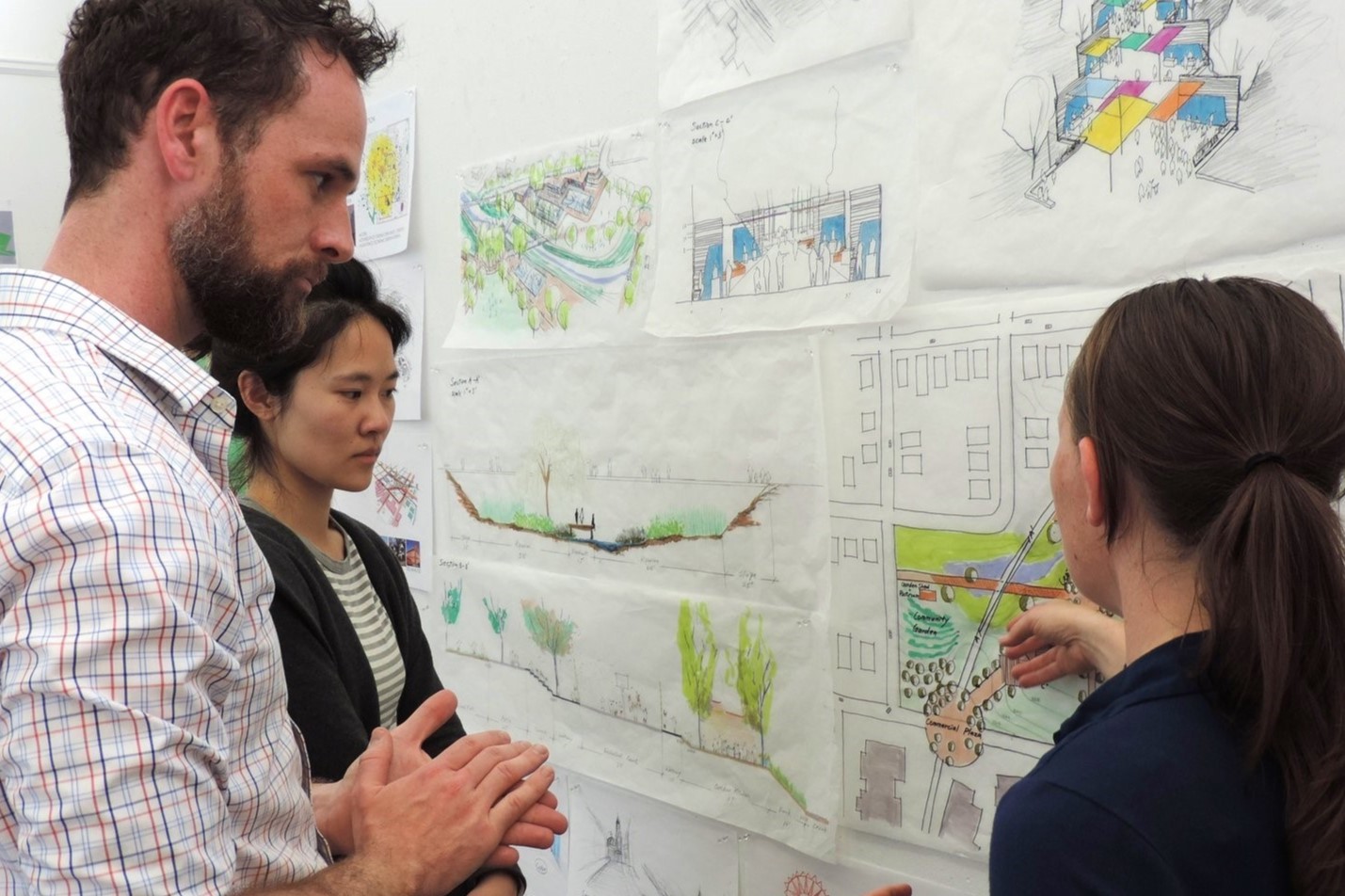
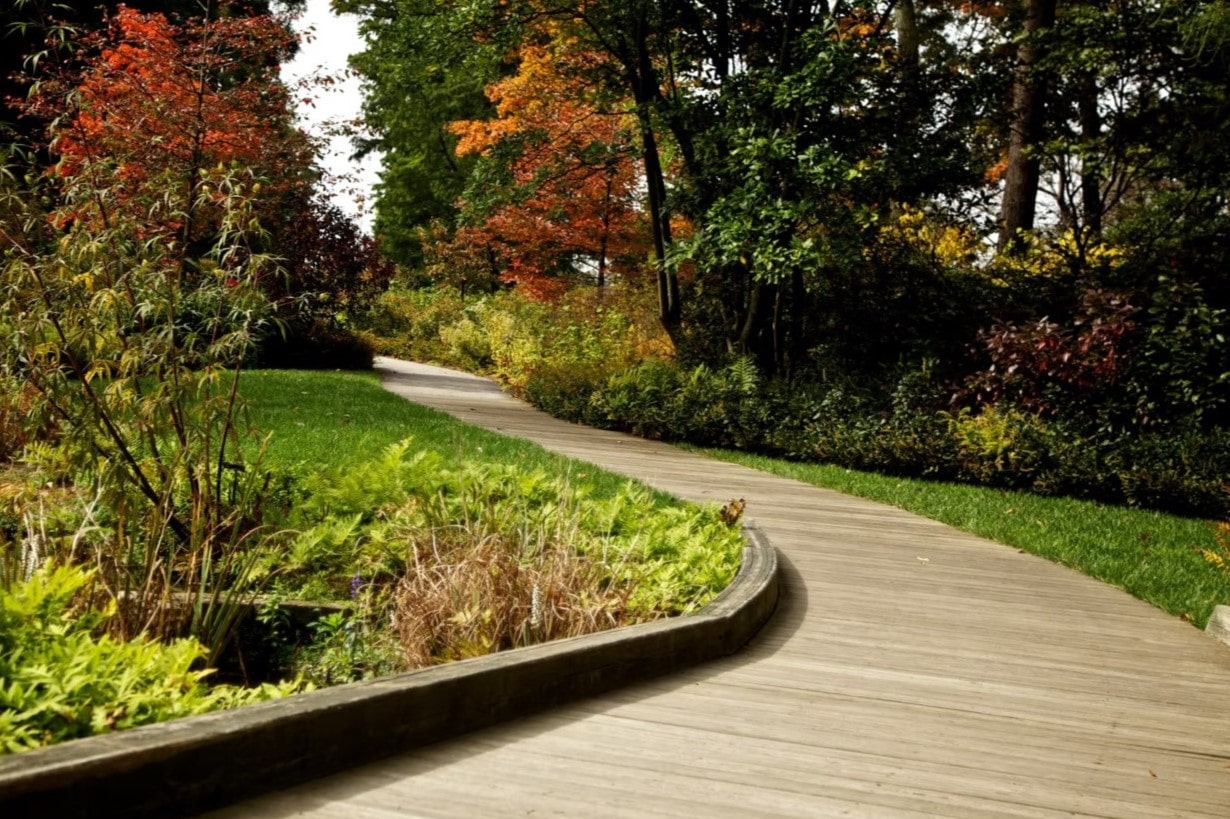
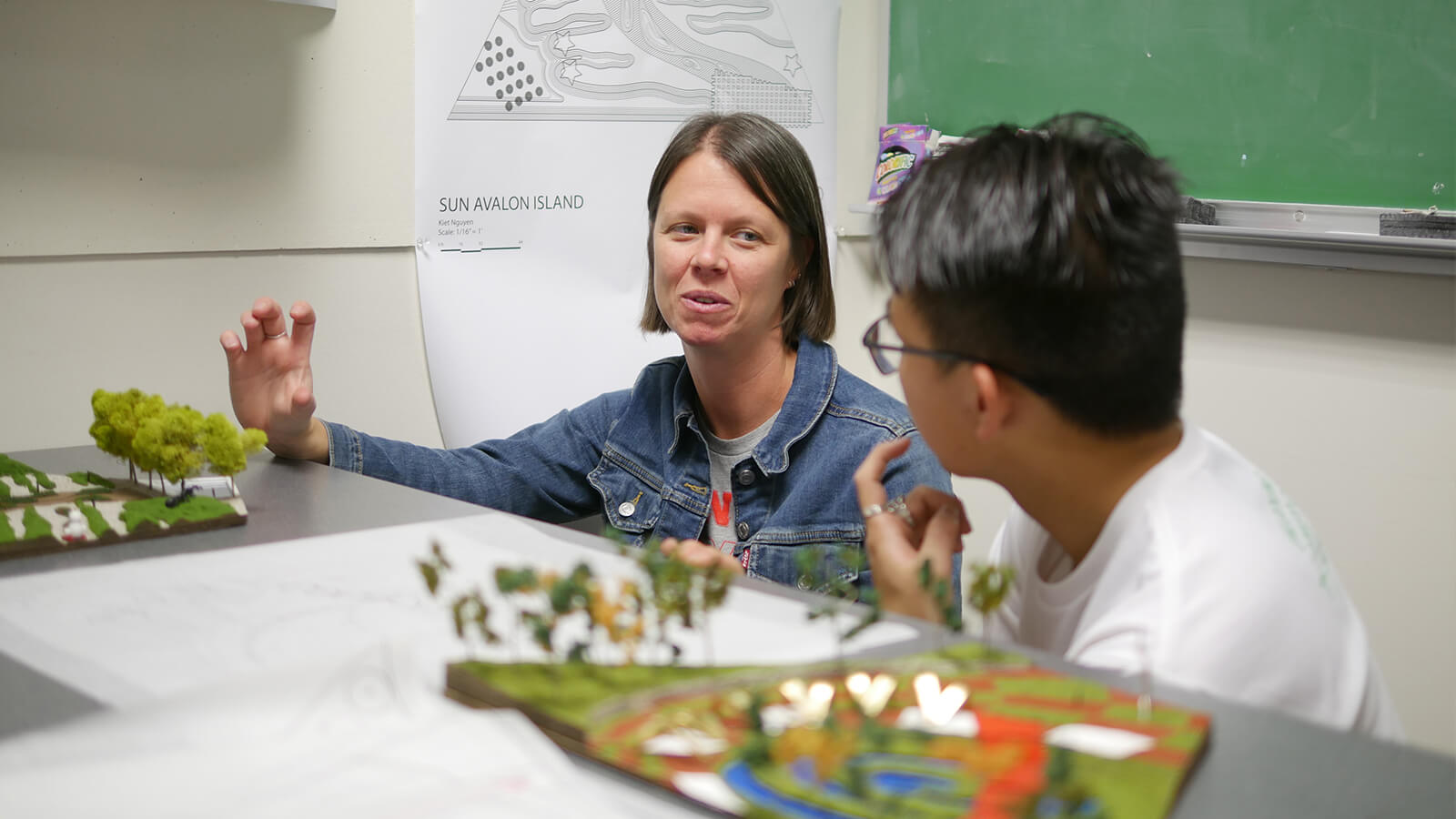
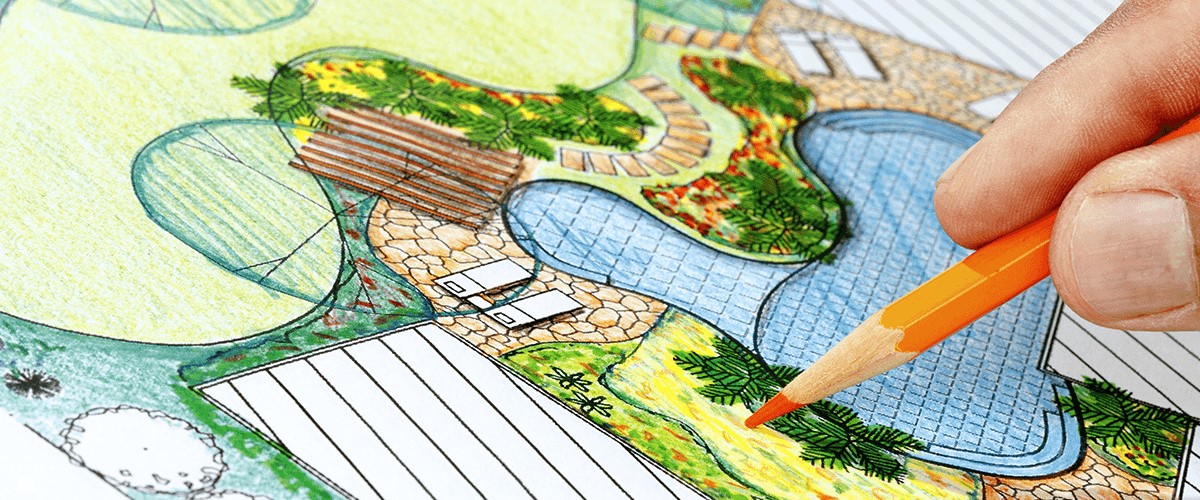
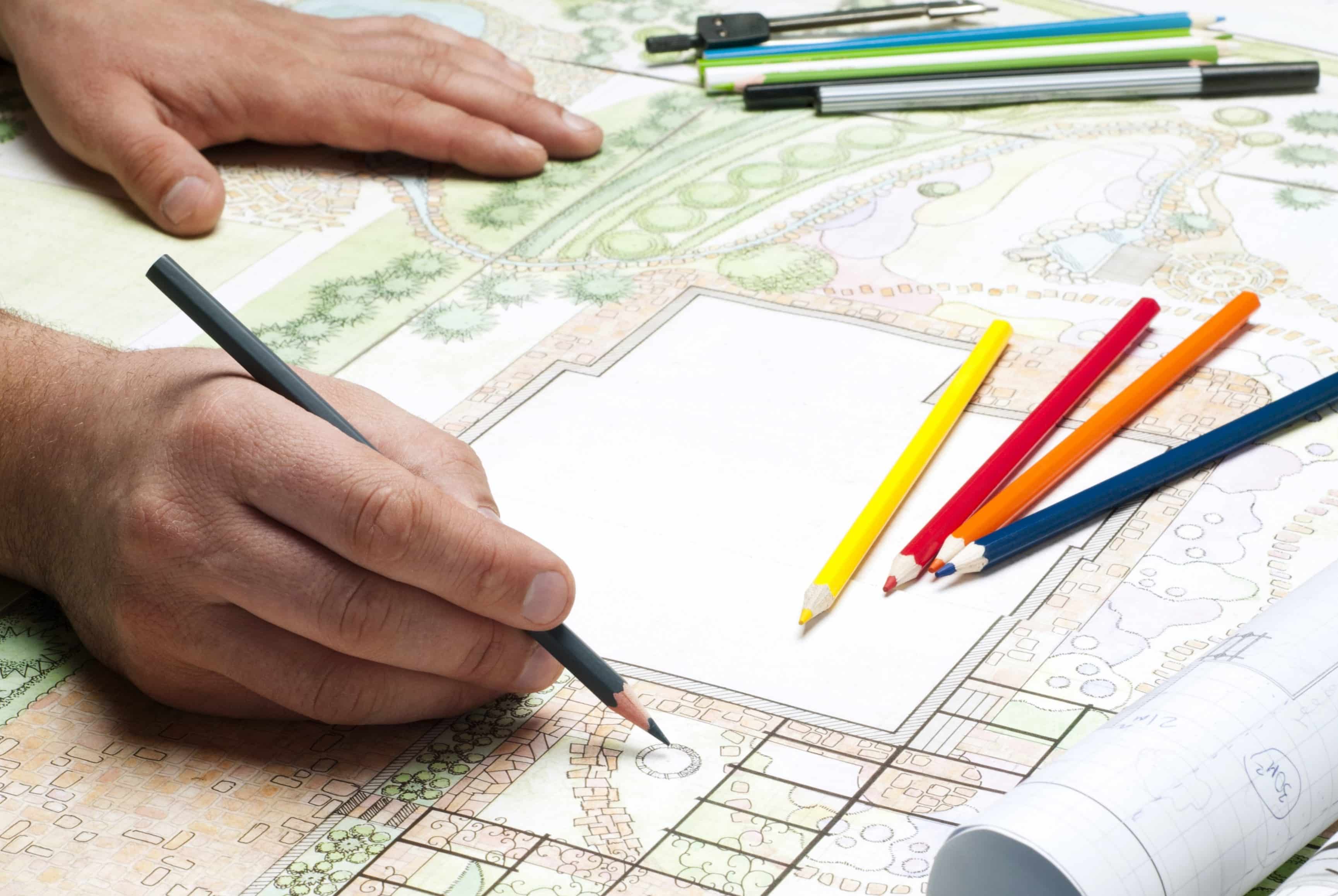
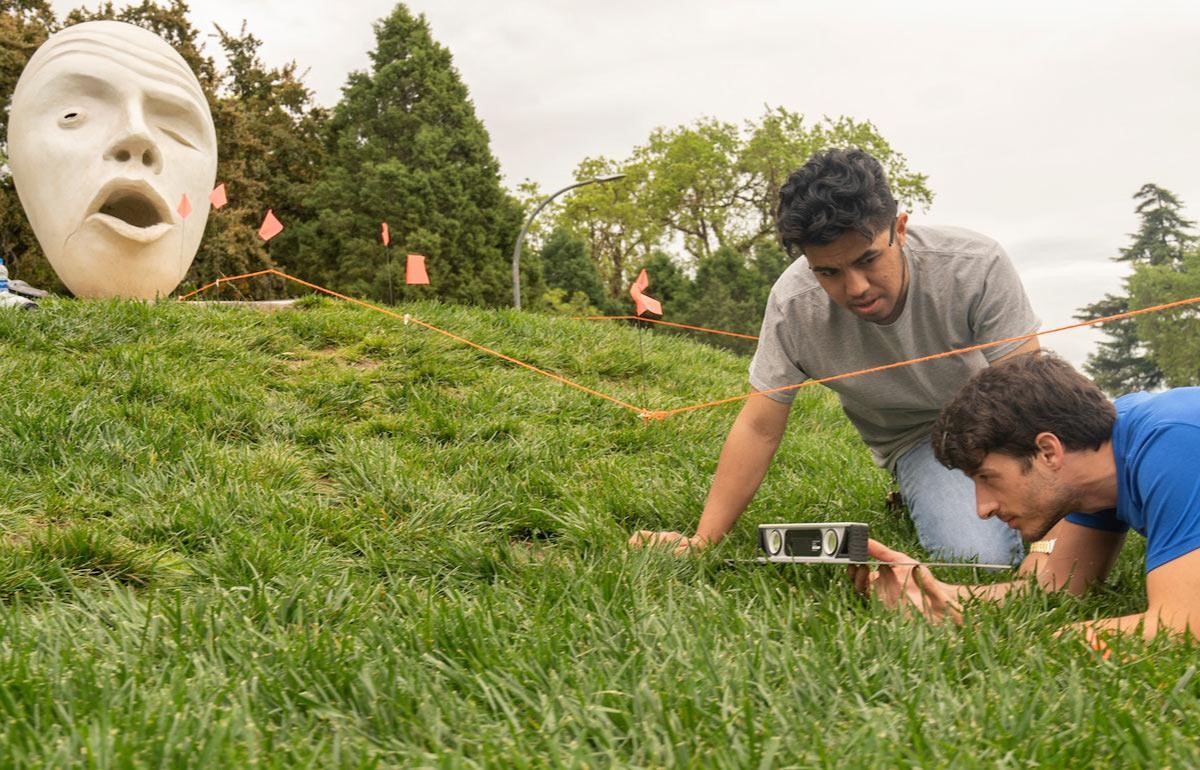

0 thoughts on “What Is The Difference Between A Landscape Designer And A Landscape Architect”